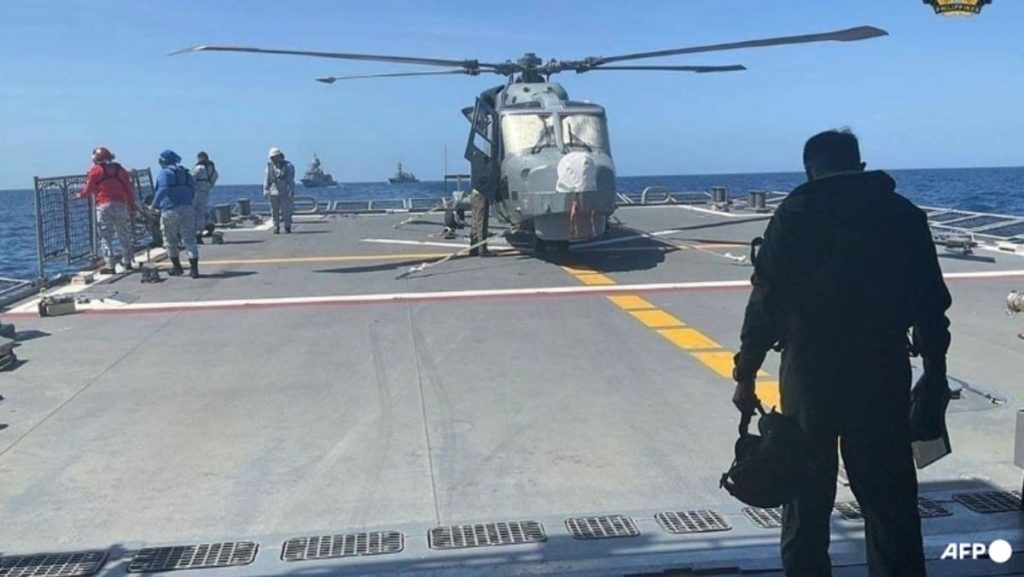efense drills in the region.
China’s military exercises in the South China Sea have heightened tensions in the region, as several countries lay claim to the disputed waters. The Philippines, in particular, has been vocal in its opposition to China’s claims, as it believes the waters are within its exclusive economic zone. The joint defense drills conducted by the United States, Japan, and Australia are seen as a show of force against China’s increasing militarization in the region.
The South China Sea is a strategically important waterway, through which a significant amount of global trade passes. Control over the area has been a contentious issue, with China claiming most of the sea based on historical claims. This has led to tensions with neighboring countries, particularly Vietnam, the Philippines, and Malaysia, who also claim parts of the sea. The presence of foreign military forces in the region further complicates the situation and raises concerns about the potential for conflict.
China’s “combat patrols” in the South China Sea are seen as a response to the joint defense drills conducted by the United States, Japan, and Australia. The Chinese military has repeatedly stated that it has a right to conduct patrols in its own waters and that it will defend its territorial claims. However, the presence of foreign military forces in the region could escalate tensions and increase the likelihood of a confrontation. The situation in the South China Sea remains volatile, with the potential for conflict always looming.
The joint defense drills conducted by the United States, Japan, and Australia are a clear message to China that they are united in their opposition to its actions in the South China Sea. These exercises demonstrate the strong military alliance between the three countries and their commitment to upholding international law and freedom of navigation in the region. The drills also serve as a warning to China that any attempts to assert control over the South China Sea will be met with resistance from the international community.
The South China Sea will continue to be a key area of contention in the coming years, as countries in the region vie for control over its resources and strategic importance. The presence of foreign military forces in the region only adds to the complexity of the situation and raises the stakes for all parties involved. It is essential for all countries to work towards a peaceful resolution to the disputes in the South China Sea through dialogue and diplomacy, rather than resorting to military force.
In conclusion, the recent military exercises and patrols in the South China Sea highlight the ongoing tensions in the region and the potential for conflict. It is crucial for all parties involved to exercise restraint and engage in dialogue to prevent any escalation of hostilities. The international community must continue to monitor the situation closely and work towards a peaceful resolution to the disputes in the South China Sea.


